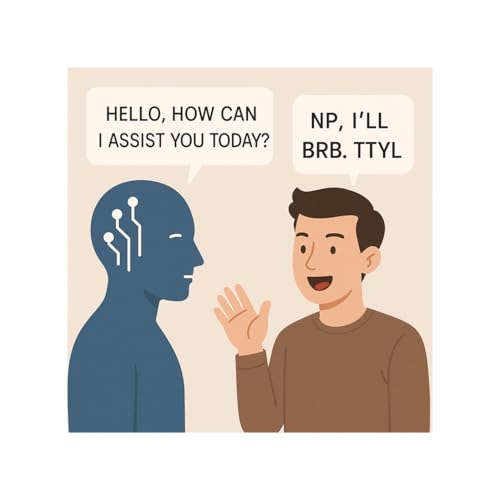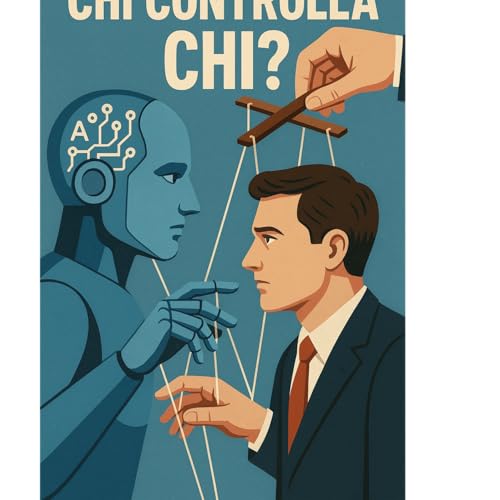Analisi Strategica: Il Futuro Oltre Excel nell'Era dell'Intelligenza Artificiale
Executive Summary
Il presente documento analizza la crescente inadeguatezza dei fogli di calcolo tradizionali, come Microsoft Excel, nell'attuale contesto aziendale guidato da big data e intelligenza artificiale. Sebbene Excel rimanga uno strumento onnipresente, il suo paradigma, immutato da quarant'anni, rappresenta oggi un significativo limite strategico. L'analisi evidenzia come la dipendenza da Excel generi costi nascosti sostanziali, derivanti da inefficienze operative, errori manuali e opportunità di analisi mancate. Studi indicano che i professionisti dedicano fino al 40% del loro tempo alla manipolazione dei dati anziché alla loro analisi, e che l'88% dei fogli di calcolo contiene errori significativi con potenziali gravi ripercussioni finanziarie.
Le aziende italiane mostrano un ritardo nell'adozione di soluzioni di IA (12% contro una media europea del 24%), un divario che frena la competitività nazionale. La resistenza al cambiamento è alimentata da fattori psicologici e organizzativi, ma la transizione verso piattaforme analitiche moderne è una necessità competitiva. Queste soluzioni offrono vantaggi trasformativi: automazione dei flussi di lavoro, analisi predittive, collaborazione in tempo reale e una "versione unica della verità" attraverso l'integrazione diretta delle fonti dati. L'abbandono graduale di Excel, guidato da una visione strategica e da un investimento consapevole nelle nuove competenze, non è più un'opzione, ma un imperativo per le organizzazioni che mirano a rimanere rilevanti e competitive.
1. Il Paradosso di Excel: Strumento Onnipresente, Limite Strategico
Nonostante la sua evoluzione tecnologica, il modello concettuale alla base di Microsoft Excel risale al 1983 con Lotus 1-2-3, rendendolo uno strumento fondamentalmente obsoleto nell'era dell'analisi dei dati su larga scala. La sua persistenza è dovuta a un "monopolio silenzioso" rafforzato da diversi fattori.
Fattori della Dipendenza Sistemica:
• Processi Radicati: Interi flussi di lavoro aziendali sono costruiti attorno a Excel, rendendo la migrazione complessa e costosa.
• Resistenza al Cambiamento: Barriere significative sono rappresentate dalla necessità di formazione del personale, dalla conversione di file legacy e dalla riprogettazione dei processi.
• Interoperabilità Forzata: La necessità di scambiare file con clienti e fornitori perpetua l'uso del formato più diffuso.
• Percezione dei Costi: Excel viene percepito come un costo già ammortizzato ("già pagato"), portando a sottovalutare i costi reali in termini di tempo perso ed errori.
 2025/09/0520 分
2025/09/0520 分 2025/08/0625 分
2025/08/0625 分 2025/10/0212 分
2025/10/0212 分 2025/07/074 分
2025/07/074 分 11 分
11 分 2025/07/2923 分
2025/07/2923 分 2025/07/021 時間 2 分
2025/07/021 時間 2 分 27 分
27 分

